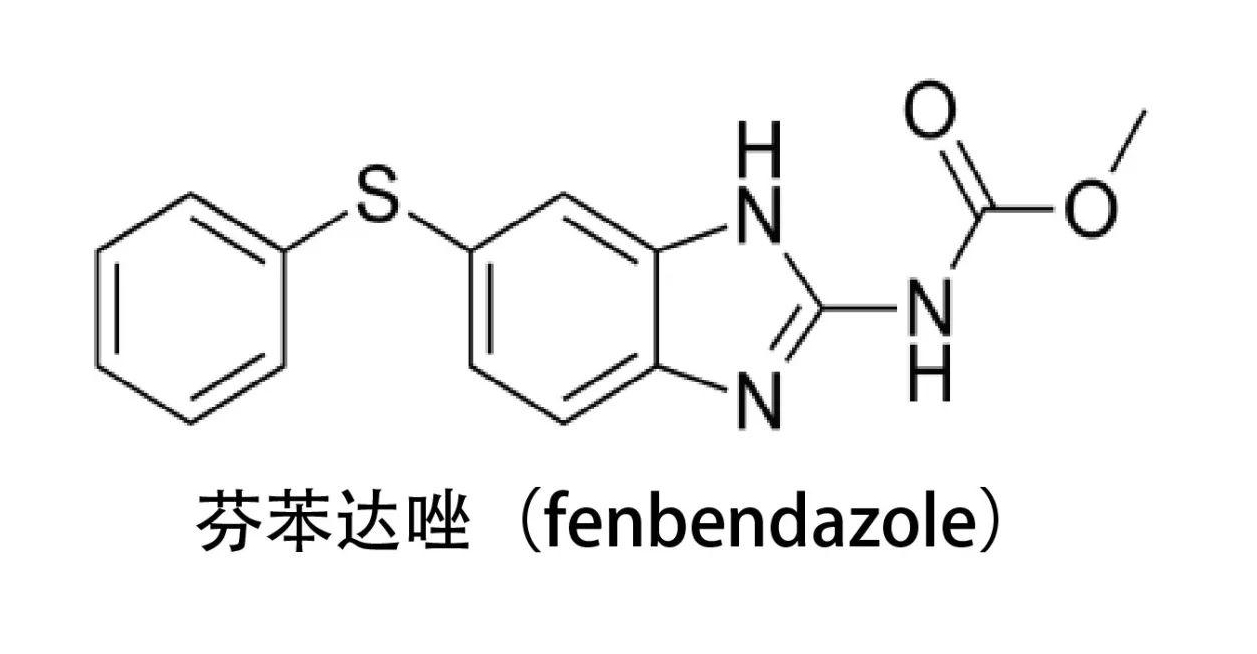Fenbendazole is a broad-spectrum anthelmintic medication commonly used to treat various parasitic infections in animals. If you are considering using fenbendazole, it’s crucial to follow the recommended guidelines and consult with a veterinarian, as its use can vary depending on the species, condition, and other factors. Below is a general outline of the materials and methods associated with the use of fenbendazole:
Materials of Fenbendazole:
1.Fenbendazole Medication:
Fenbendazole is typically available in various formulations, including oral suspensions, granules, or tablets. Choose the appropriate form based on the species and condition being treated.
2.Dosage Information:
Obtain accurate dosage information for the specific animal species you are treating. Dosages can vary, so it’s essential to follow veterinary guidelines.
3.Administrative Tools:
Syringes, dosing cups, or other tools for measuring and administering the correct dosage.
4.Protective Equipment:
Wear gloves and other appropriate protective equipment when handling the medication to avoid skin contact.

Methods of Fenbendazole:
1.Consultation with a Veterinarian:
Before using fenbendazole, consult with a veterinarian to determine the appropriate dosage, duration of treatment, and any specific considerations for the particular animal.
2.Weighing the Animal:
Accurately weigh the animal to determine the correct dosage of fenbendazole. Dosages are often based on the weight of the animal.
3.Administering the Medication:
Follow the veterinarian’s instructions for administering the fenbendazole. This may involve mixing the medication with food or water, or directly administering it into the mouth.
4.Duration of Treatment:
Administer fenbendazole for the recommended duration. Some treatments may require multiple doses over a specified period.
5.Monitoring and Follow-up:
Monitor the animal for any signs of improvement or adverse reactions during and after treatment. Follow up with the veterinarian as needed.
6.Isolation and Hygiene:
If treating multiple animals, consider isolating treated individuals to prevent the spread of parasites. Practice good hygiene to avoid contamination.

7.Storage of Medication:
Store fenbendazole according to the manufacturer’s instructions. Ensure that it is kept in a cool, dry place, and check for expiration dates.
8.Adherence to Withdrawal Periods:
For animals used for food production, adhere to any withdrawal periods specified by regulatory authorities to ensure that residues of the medication do not exceed acceptable levels in edible tissues.
Remember, the information provided here is a general overview, and specific guidelines may vary based on the animal species and local regulations. Always consult with a veterinarian for accurate and personalized advice on the use of fenbendazole.
